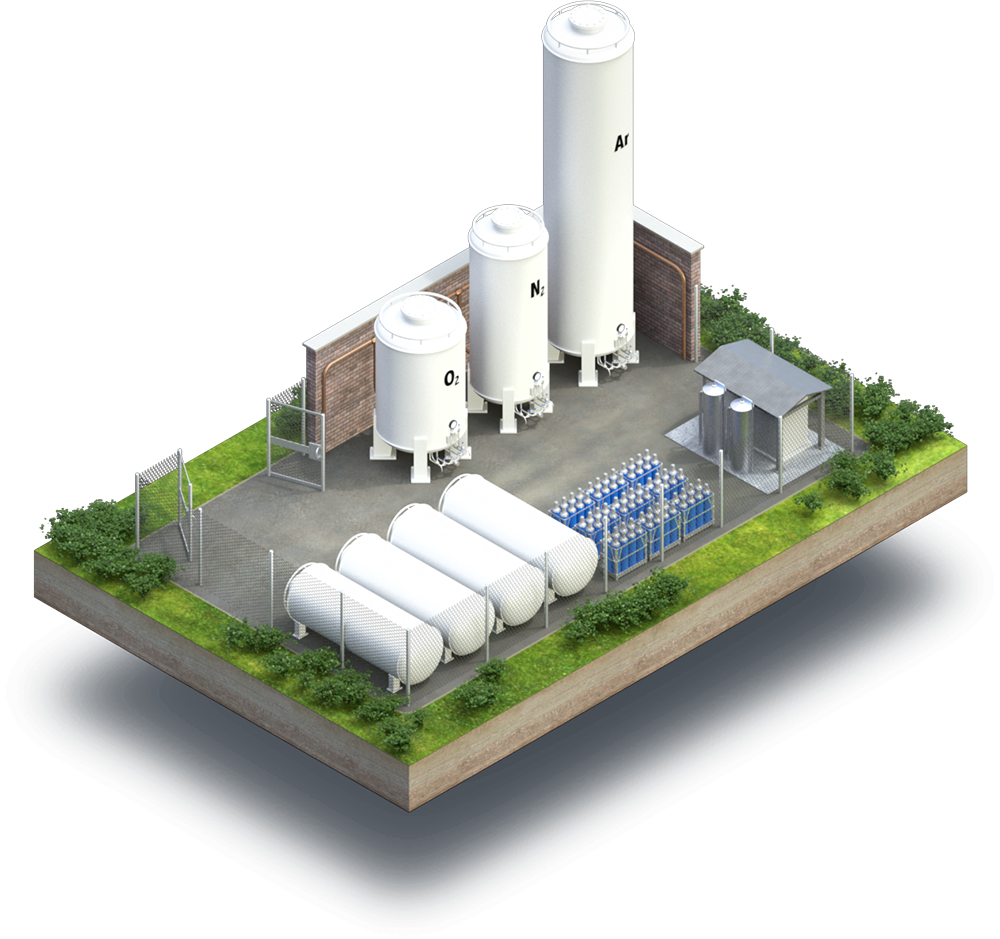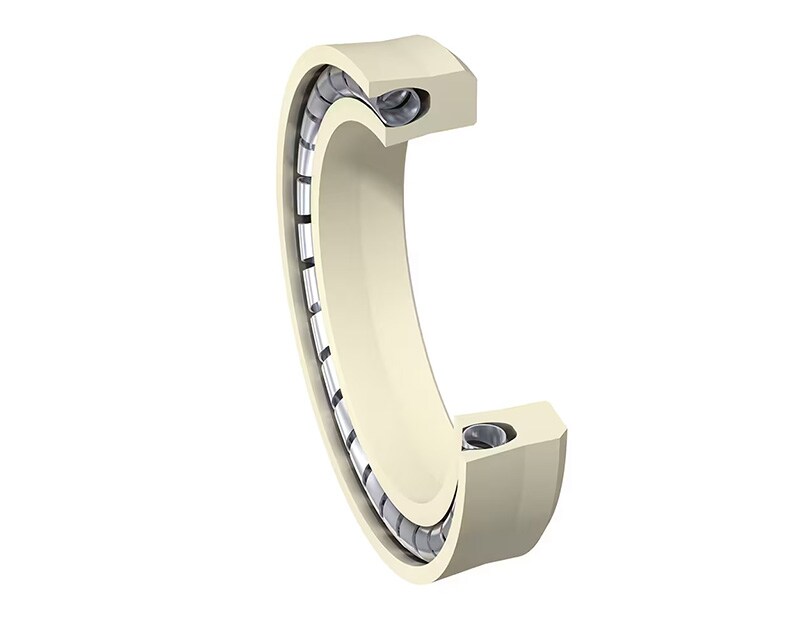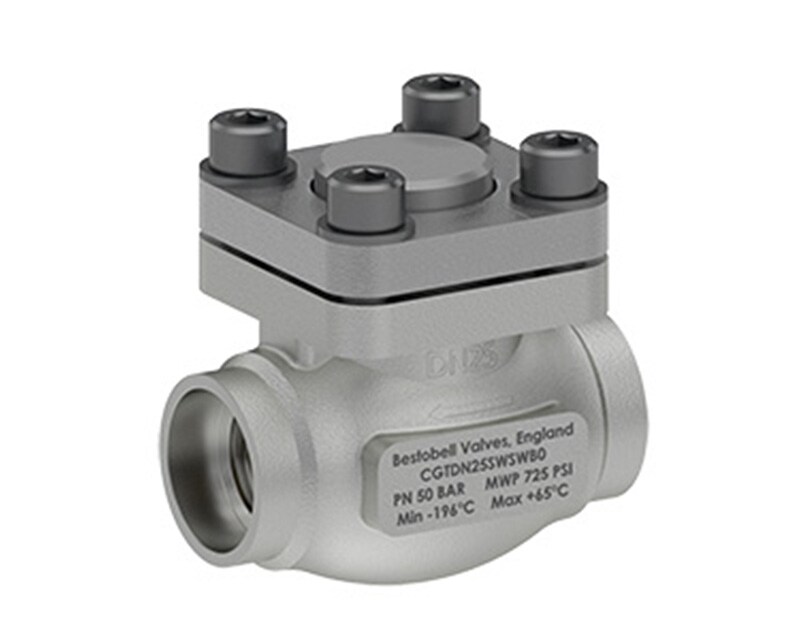INTRODUCTION

After hydrogen is liquefied through the liquefaction process, it is stored at cryogenic temperatures—typically below -253°C (-423°F)—to maintain its liquid state. Cryogenic storage involves specialized insulated tanks designed to minimize heat transfer and reduce boil-off losses, ensuring the hydrogen remains in its dense, energy-rich liquid form for extended periods.
This storage method is essential for efficient transportation and handling of hydrogen, especially for applications requiring large volumes or long-distance distribution. By preserving hydrogen at such low temperatures, cryogenic storage enables the practical use of liquid hydrogen as a clean fuel in industries like aerospace, transportation, and energy.
FLEXISEAL® PISTON SEAL

Flange seal. Internal pressure. Static and intermittently dynamic. FlexiSeal. Spring-energized PTFE seal. Low assembly force.
C-RING METAL SEAL

Metal C-Rings are flange seals for applications involving extreme temperatures, pressures or media. C-Seals are also suitable for use with uneven flanges.
E-RING METAL SEAL

Metal E-Rings (E-Seals) are flange/casing seals. They are designed for aerospace and general industrial high-temperature applications where the sealing gap enlarges due to operating pressure and thermal influences.
FLUID CONVEYANCE FOR LIQUID HYDROGEN DISTRIBUTION

The use of fluid conveyance technology in hydrogen distribution
Parker’s Bestobell cryogenic valves are specifically designed to be used in cryogenic applications where extremely low temperatures are present. These valves are commonly used in the transportation of liquefied gases, including hydrogen, which must be kept at temperatures well below their boiling points to remain in their liquid form.
When transporting hydrogen, the use of Bestobell cryogenic valves is important to ensure the safety and efficiency of the transport process. These valves are designed to withstand the extreme temperatures and pressures that are involved in transporting cryogenic fluids, such as liquid hydrogen.
Featured cryogenic valves
Parker’s Bestobell cryogenic valves are also designed to be highly reliable and to provide tight shut-off, ensuring that the hydrogen remains safely contained within the transport vessel. The use of cryogenic valves in the transport of hydrogen is important to ensure that the hydrogen is transported safely and efficiently, without the risk of leaks or other safety issues.
These valves are an important component of any cryogenic transport system and can help to ensure the safe and reliable transport of hydrogen and other cryogenic fluids.
Related Products
- Globe Valves – Bestobell
- Lift Check Valves – Bestobell
- Pneumatically Actuated Globe Valves - Bestobell